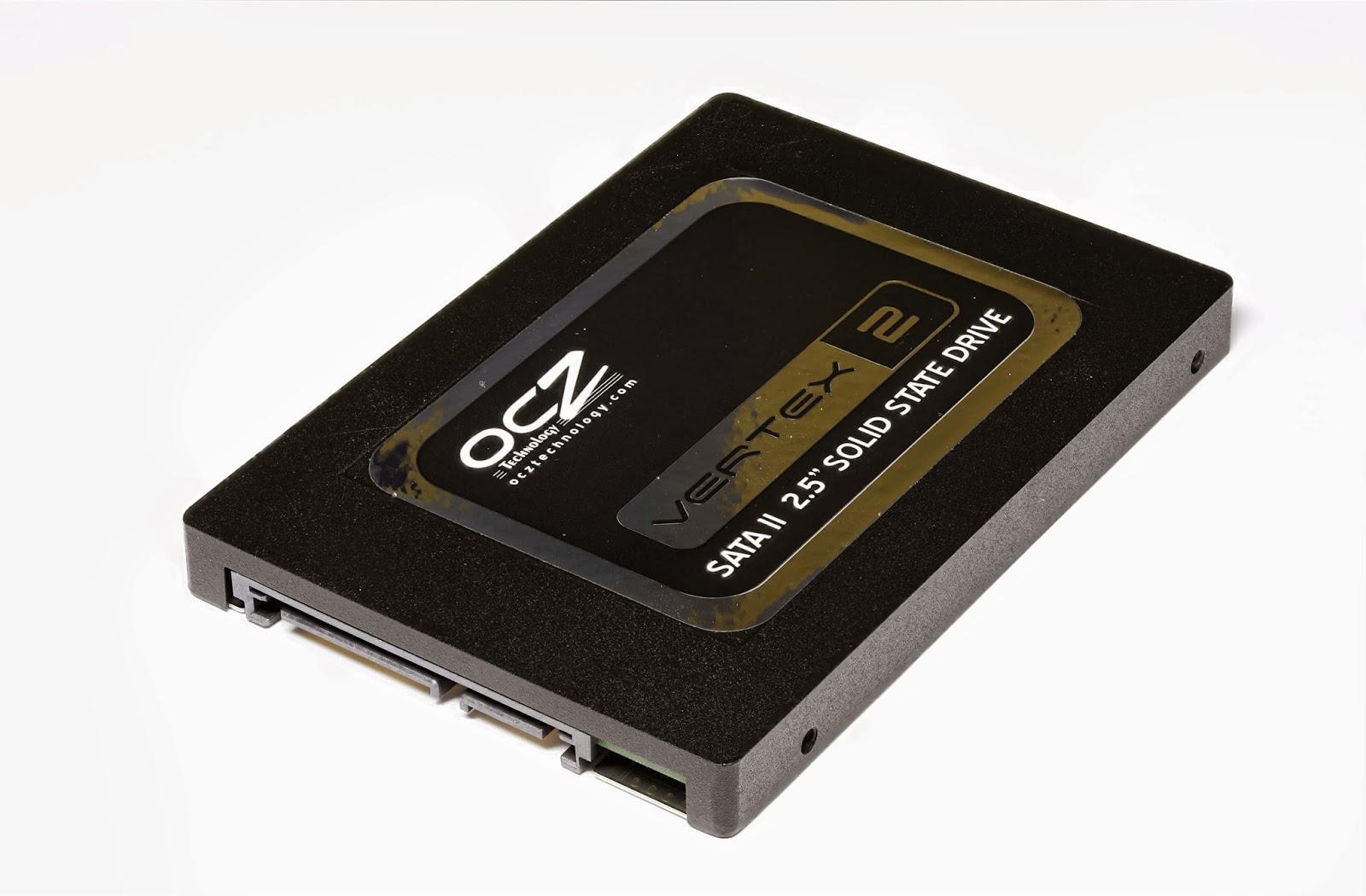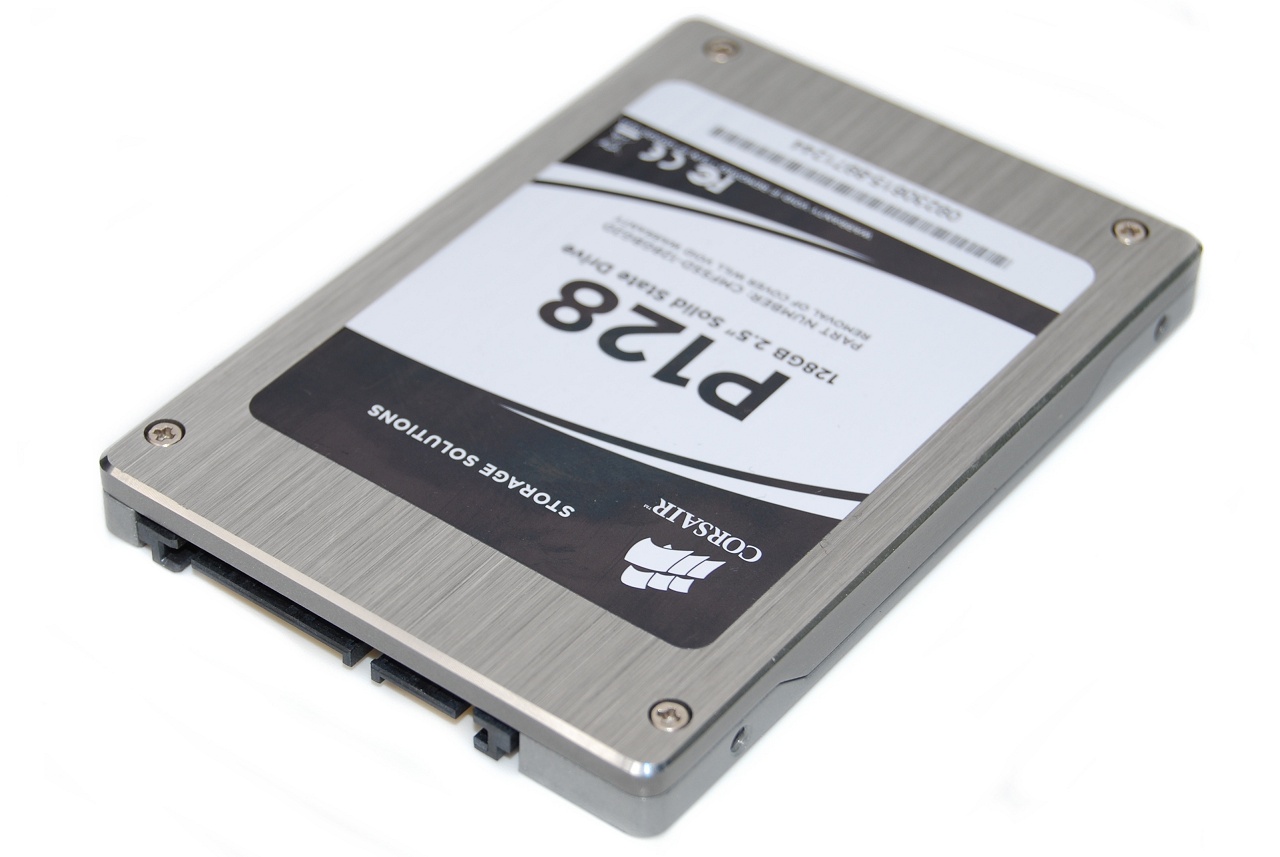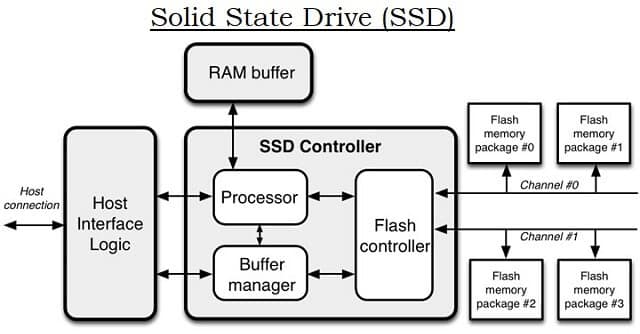Solid-state drives (SSD) are gradually becoming a popular choice for those in need of high-quality storage solutions. Unlike traditional hard disk drives (HDDs), SSDs do not come with any moving mechanical parts, which makes them more reliable, efficient, and faster. With this in mind, it’s clear why SSDs have become a preferred option among businesses and individuals alike. In this article, we’ll explore how SSDs work and the various applications they have.
What is an SSD?
An SSD is a storage device that utilizes NAND-based flash memory to store and retrieve data. This memory is non-volatile, meaning it doesn’t require power to retain stored data. Although SSDs are similar in purpose to traditional HDDs, they differ significantly in how they operate. Hard disk drives use spinning disks to read and write data, whereas SSDs store data electronically on a series of interconnected flash memory chips.
How Do SSDs Work?
SSDs use NAND flash memory to store their data. These chips consist of floating-gate transistors, which trap electrons to store data. During data transfer, a controller translates the data from the host system into a format that the NAND memory chips can understand. The controller then distributes the data uniformly across the available memory chips to ensure the lifetime of the SSD is maximized.
Benefits of SSDs
SSDs excel over HDDs in key areas such as speed, reliability, power consumption, and durability. As there are no moving parts, SSDs operate silently and smoothly, making them an ideal choice for users looking for a noiseless computer experience. Additionally, SSDs are more durable than HDDs since there are no spinning disks that can be damaged or knocked out of place. This makes SSDs an excellent choice for users who often travel.
Applications of SSDs
SSDs are widely used in laptops, gaming computers, servers, and data centers due to their speed and reliability. They can be used in devices where power consumption and physical space are significant concerns. For instance, SSDs can replace heavy, cumbersome mechanical hard drives, reducing the weight and heat in portable devices. As a result, laptops with an SSD can operate for longer hours compared to those with an HDD.
SSD vs. HDD
As highlighted earlier, SSDs are faster and more durable than HDDs. Additionally, SSDs require less power and generate minimal heat, making them more energy-efficient than HDDs. However, SSDs are more expensive than HDDs, although the cost has declined in recent years. Therefore, HDDs remain an ideal choice when it comes to cost per terabyte of storage.
Conclusion
SSDs are an excellent solution for high-speed storage with minimal noise and weight. They are efficient, faster, and more reliable than HDDs, making them ideal for use in portable devices, servers, and data centers. Although they come at a higher cost compared to HDDs, SSDs make up for the difference in terms of speed and reliability. In summary, SSDs are the way to go if you’re looking for reliable, high-speed storage solutions.
FAQs
1. How long do SSDs last?
SSDs can last up to ten years, depending on usage and wear and tear.
2. Can SSDs store more data than HDDs?
Yes, SSDs can store more data than HDDs, but it depends on the model and capacity.
3. Do SSDs overheat?
No, SSDs generate minimal heat and do not require cooling mechanisms.
4. Do I need to defragment an SSD?
No, SSDs do not require defragmentation as they store data in blocks, making data retrieval much faster.
5. What is the best way to maintain an SSD?
You can maintain your SSD by not exposing the drive to high temperatures, avoiding overloading the drive, and updating the firmware regularly to enhance its performance.
Gallery
Solid-State Drive ~ Attractive Inspiration Digital Library And Journals

Photo Credit by: bing.com /
Everything You Need To Know About Solid-state Drives (SSD) | Arts

Photo Credit by: bing.com / ssd drive solid state hard drives diagram need everything know computing newsletter arts makeuseof consider buying tag things
Beginner's Guide On How Solid State Drive Work! A Quick Overview!

Photo Credit by: bing.com / state solid drive drives work works guide wondering anyone answer basic questions going who
Solid State Drive Comparison – Round 2 Photo Gallery – TechSpot

Photo Credit by: bing.com / solid state drive techspot
Solid State Drive (SSD) – How It Works, Types, Application, SSD Vs HDD

Photo Credit by: bing.com / ssd

